Lake rejuvenation
From Wasteland to Oasis: Eco-restoration of Anchepalya lake
Lake rejuvenation
From Wasteland to Oasis: Eco-restoration of Anchepalya lake
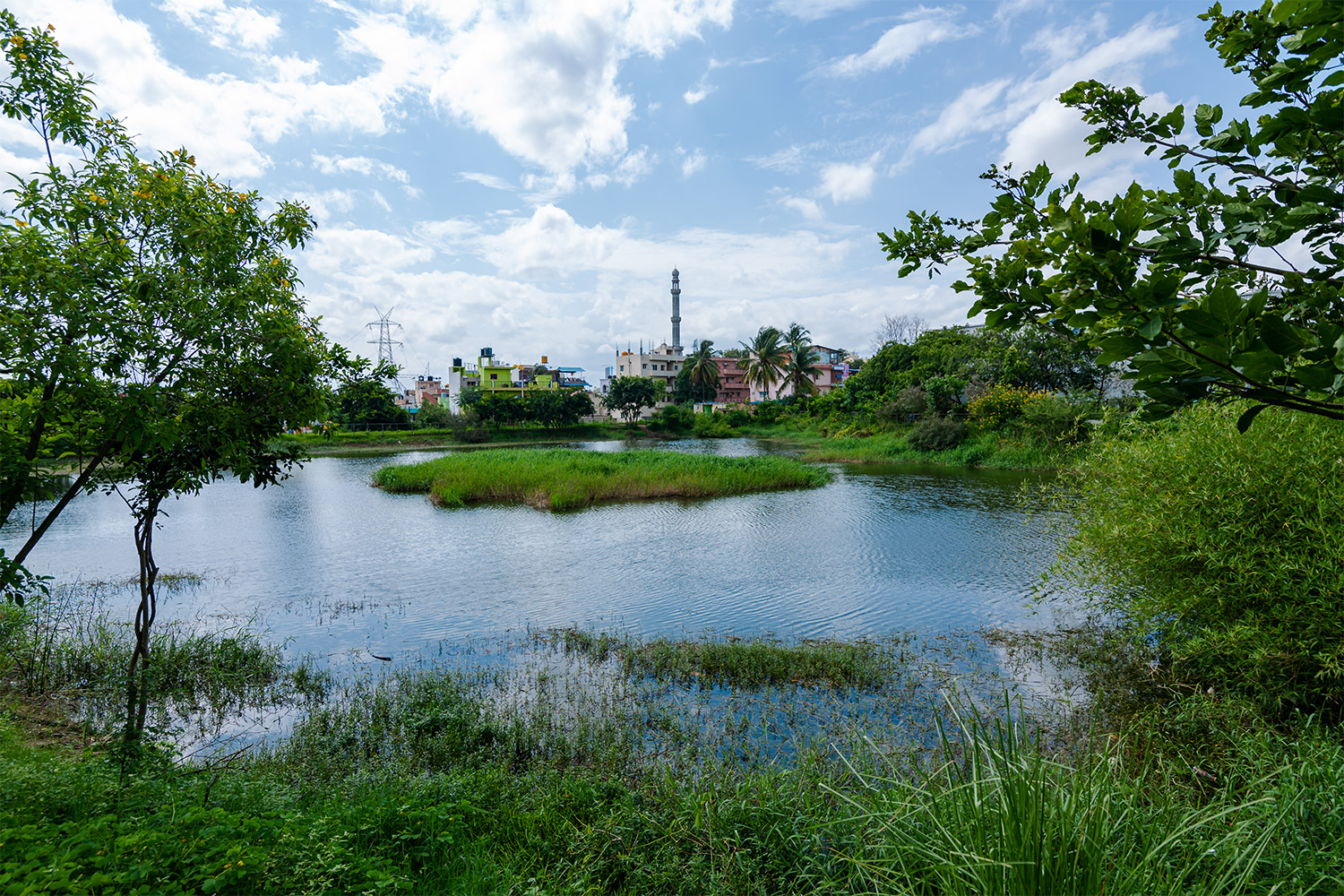
As I gazed across the street and entered Anchepalya lake, I was greeted by vibrant greens, speckled with colours from flowers, butterflies, and birds. Tall trees and shrubs flanked the mud walkway, offering a respite from the scorching heat. My excitement rose when I spotted a bright blue kingfisher perched on the natural shoreline, prompting me to take pictures. As I zoomed in on the kingfisher, I noticed a quiet Indian pond heron camouflaged among the bushes and a waterhen paddling away in the waters. Myriad varieties of dragonflies and butterflies zoomed in and out around me, and I was transfixed in spotting and reading about them.
Parks and lakes are urban oases that offer an escape from the hustle and bustle of everyday life. However, we seldom realise the effort and resources that go into creating and maintaining these natural spaces. As I sat on a stone bench overlooking the fence, a sense of nostalgia took over me as I gazed upon Anchepalya lake in its full glory. I felt joy and gratification, knowing that I played a small part in the team that worked to make this happen.
They say, “Invest in the Earth, and it will pay dividends.” This is essentially what I was told during the debriefing of our eco-restoration project for Anchepalya lake in 2018. After successfully developing sustainable communities using a holistic approach in its design execution, GoodEarth decided to dispense its expertise in design and management of reviving and restoring the 3-acre Anchepalya lake located in the vicinity of the Malhar Eco-village in Kambipura.
Going against the conventional norm of cementing and edging the shoreline with stones, the fulcrum of the design aimed to promote natural and sustainable growth in the lake and its surrounding environment. The goal was to set an example and showcase a model to the general public, inspiring them to take responsibility for caring for the abundance that nature provides.
I remember the words of Co-founder, GoodEarth, Stanley George, during a site visit, “Doing a job well once is certainly an achievement, but it’s not enough to sustain success in the long term. To maintain the quality of a job and ensure its sustainability, it requires people who are willing to take on the responsibility of maintaining it. These people must be committed to the job and understand the importance of their role in ensuring its success. Without this level of commitment, even the best initial efforts can fall apart quickly.”
Therefore, to achieve this feat, we collaborated with the Panchayat President of the Anchepalya village, Mr Chikkaraju, and Abbot Fr. Jerome of St. Benedictine Academy, which is on the opposite side of the lake.
We organised social awareness programs and motivated both the residents of the panchayat and the children to participate in cleaning activities – which resulted in scouring ten tractor loads of plastic waste in a single day! Considering the demographics of the area, we incorporated features in our design to cater to the learning needs of the students at the academy. To pique the curiosity of young minds, we installed hand-painted stone slabs showcasing the local fauna, and we added colourful mosaic patterns to the stone benches to make the area vibrant and eclectic. Knowing that some villagers used the land to graze their sheep, we designed the areas to ensure that shepherding continued without hindrance.
There were a number of design elements introduced that was distinct from the conventional rejuvenation of water bodies.
However, one of the central components in the revival of this lake essentially lay in the selection of plants.
The sedimentation basin had to have plants that enabled phytoremediation, the natural shoreline was designed to have multi-layered vegetated buffers to stabilise the banks from erosion and increase water infiltration, tall trees and shrubs were planned as natural fencing in the periphery and fruit-bearing trees were also planted on the island to attract birds. All the existing trees were retained and the planting chosen was consciously of the indigenous species that could thrive well in the climatic conditions with less care. The residents, especially the children were encouraged to participate in the planting drive to give them a sense of responsibility towards taking care of the environment.
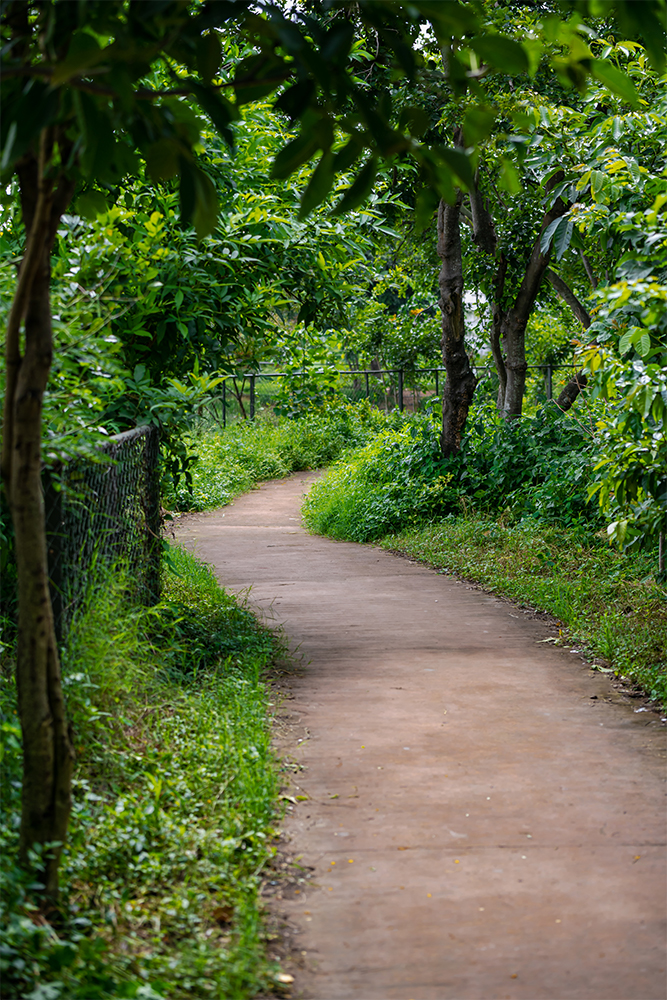
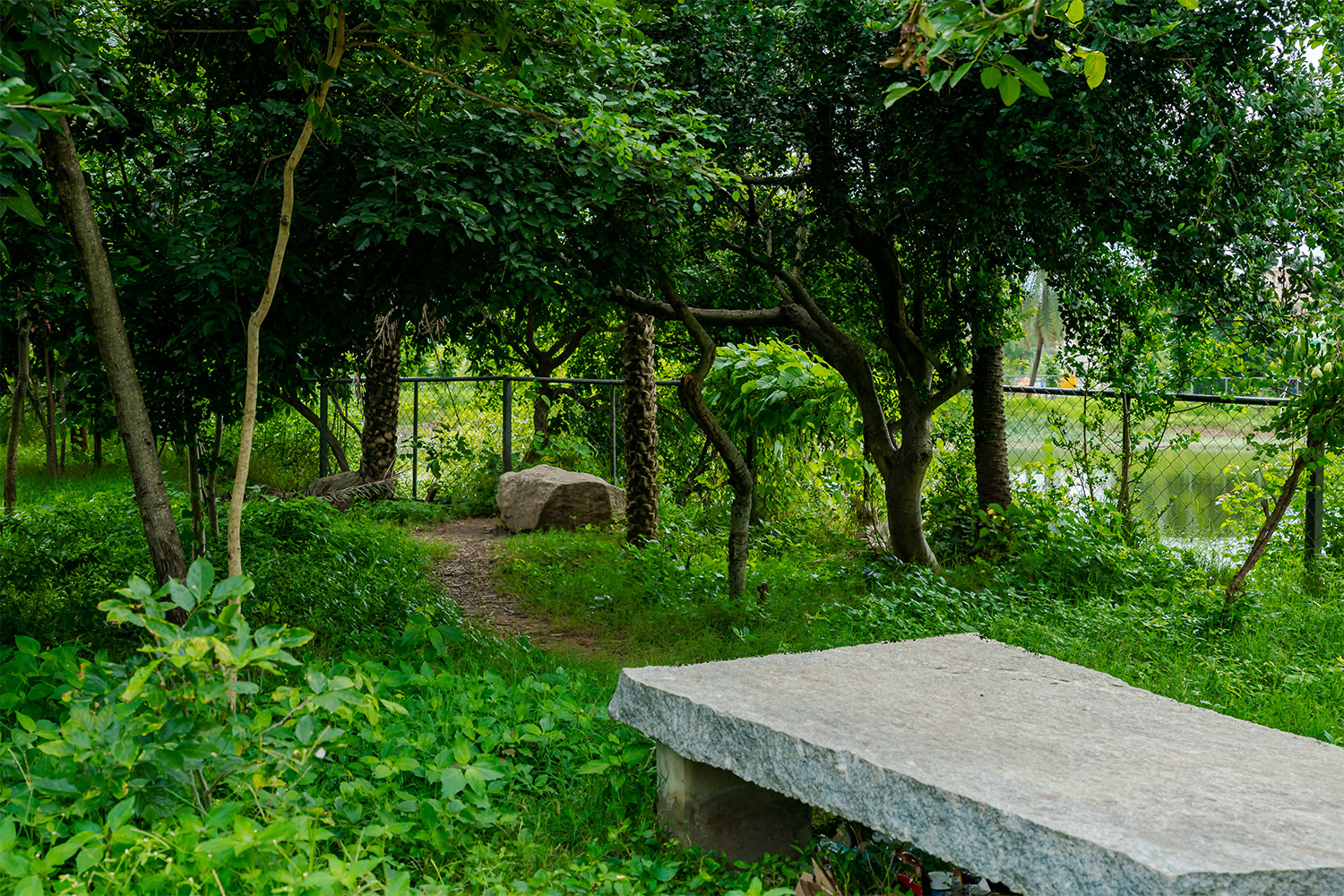
Today, surrounded by the splendour of nature, it is hard to imagine the putrid odour that emanated from this “wasteland” in the past. By implementing sustainable design principles and working closely with the local community, GoodEarth successfully transformed a once-polluted wasteland into a thriving ecosystem.
The project’s success hinged on the commitment and dedication of those involved in its execution, from the design team to the villagers who participated in cleaning and planting activities. By prioritizing the use of indigenous plants and fish species, the ecosystem has become resilient and self-sustaining.
Today, the lake is a beautiful and vibrant space that demonstrates the benefits of investing in the earth. It is a reminder that with sustained efforts and a sense of responsibility towards our environment, we can achieve remarkable things.
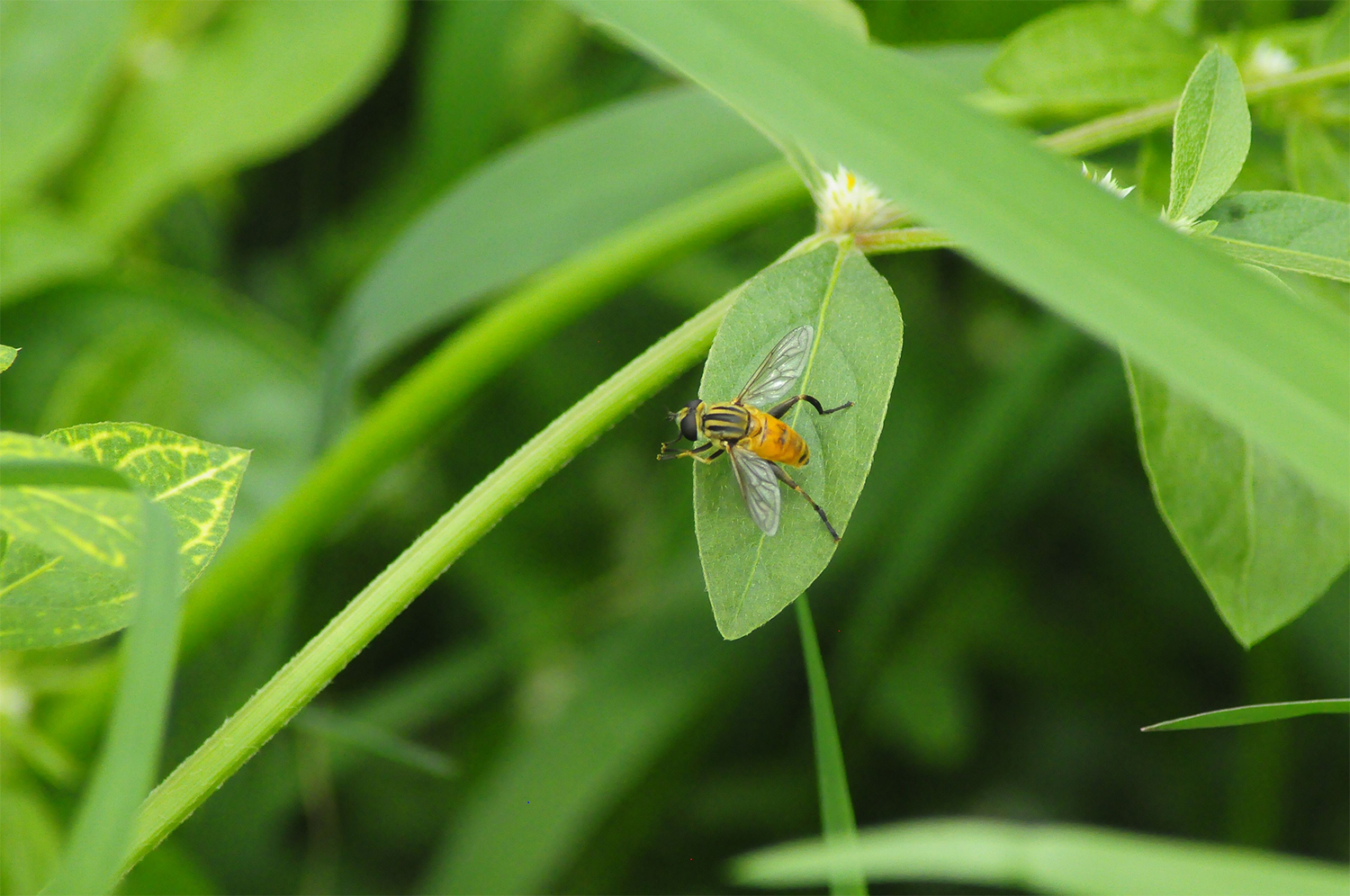
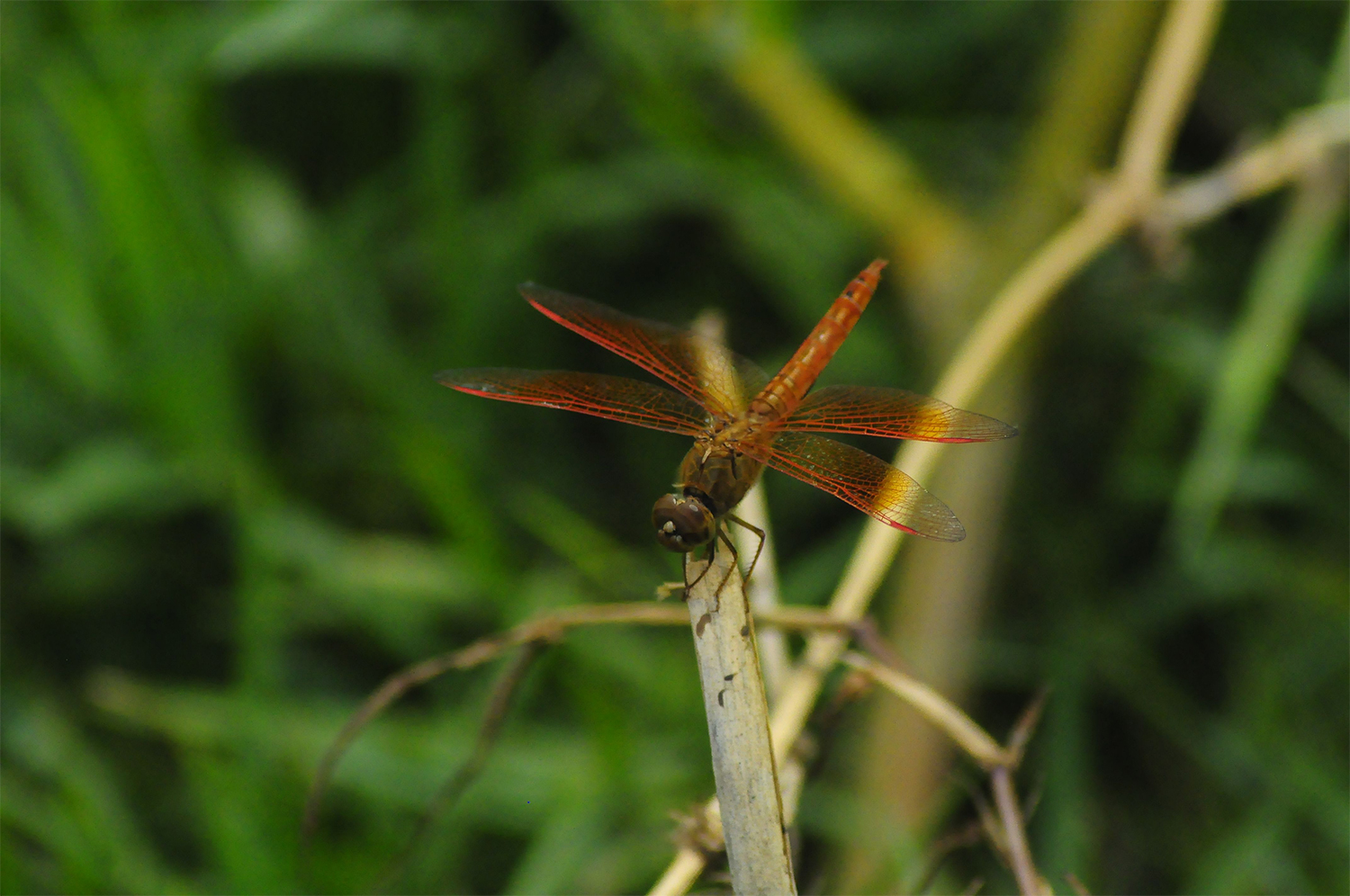


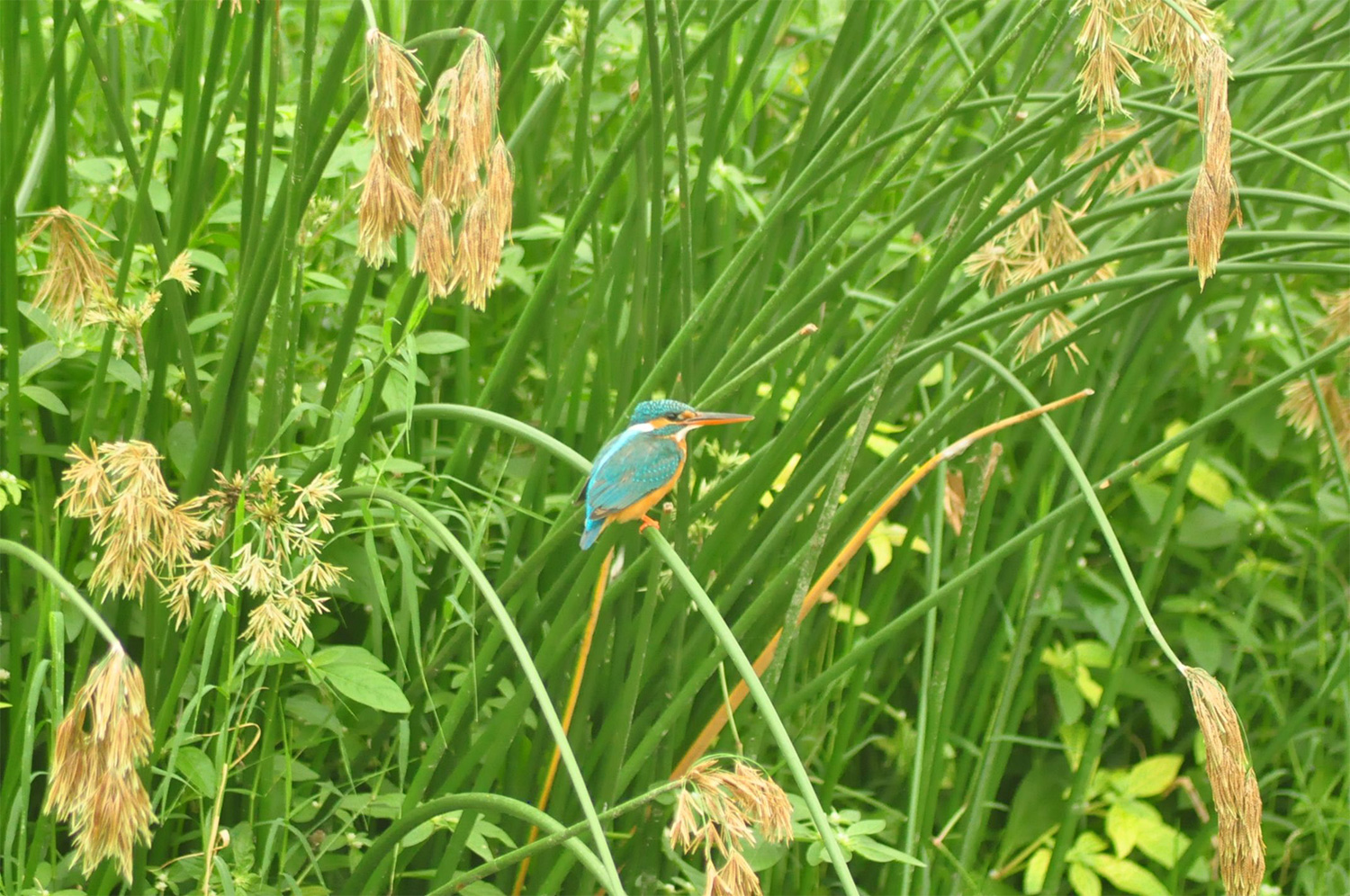

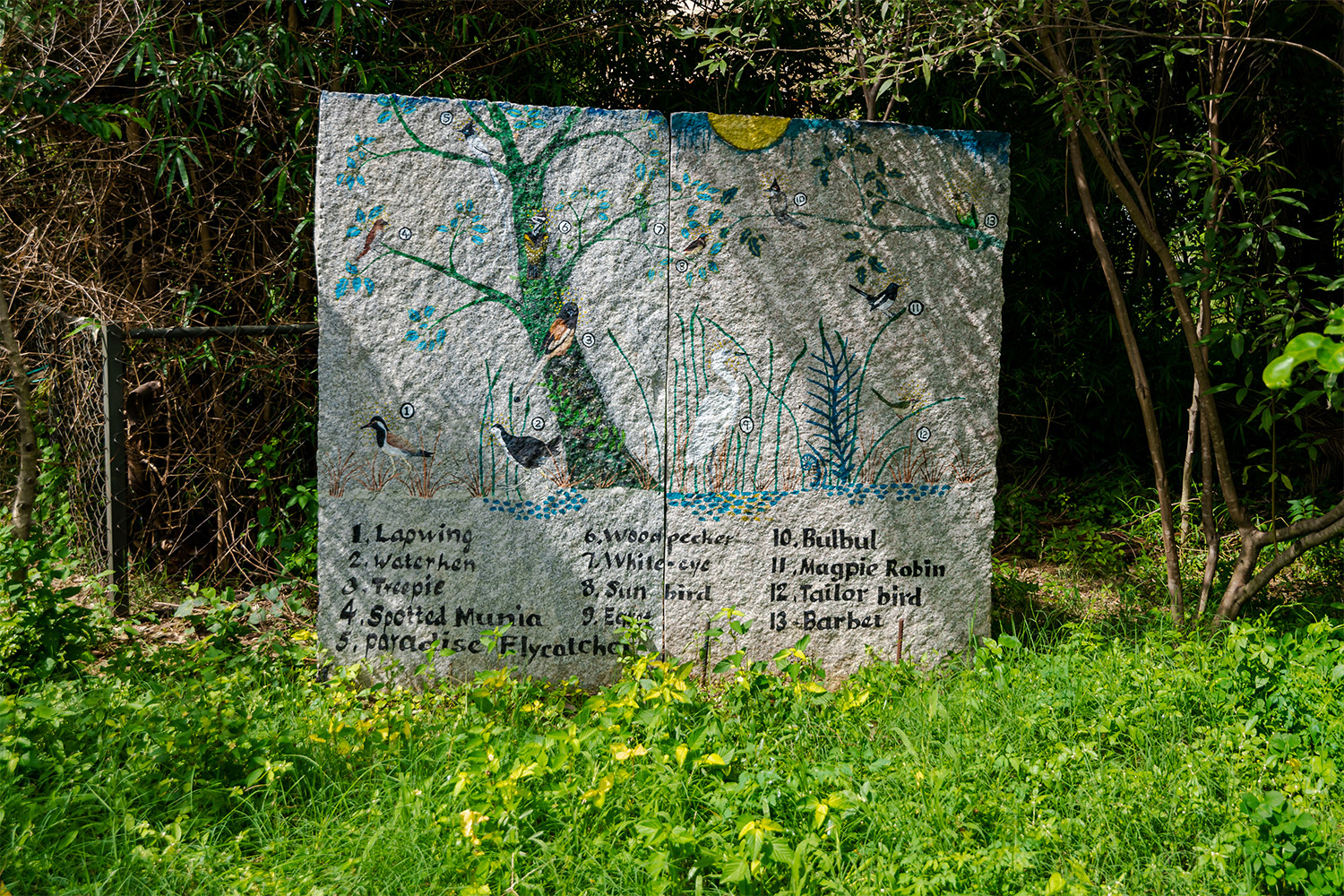
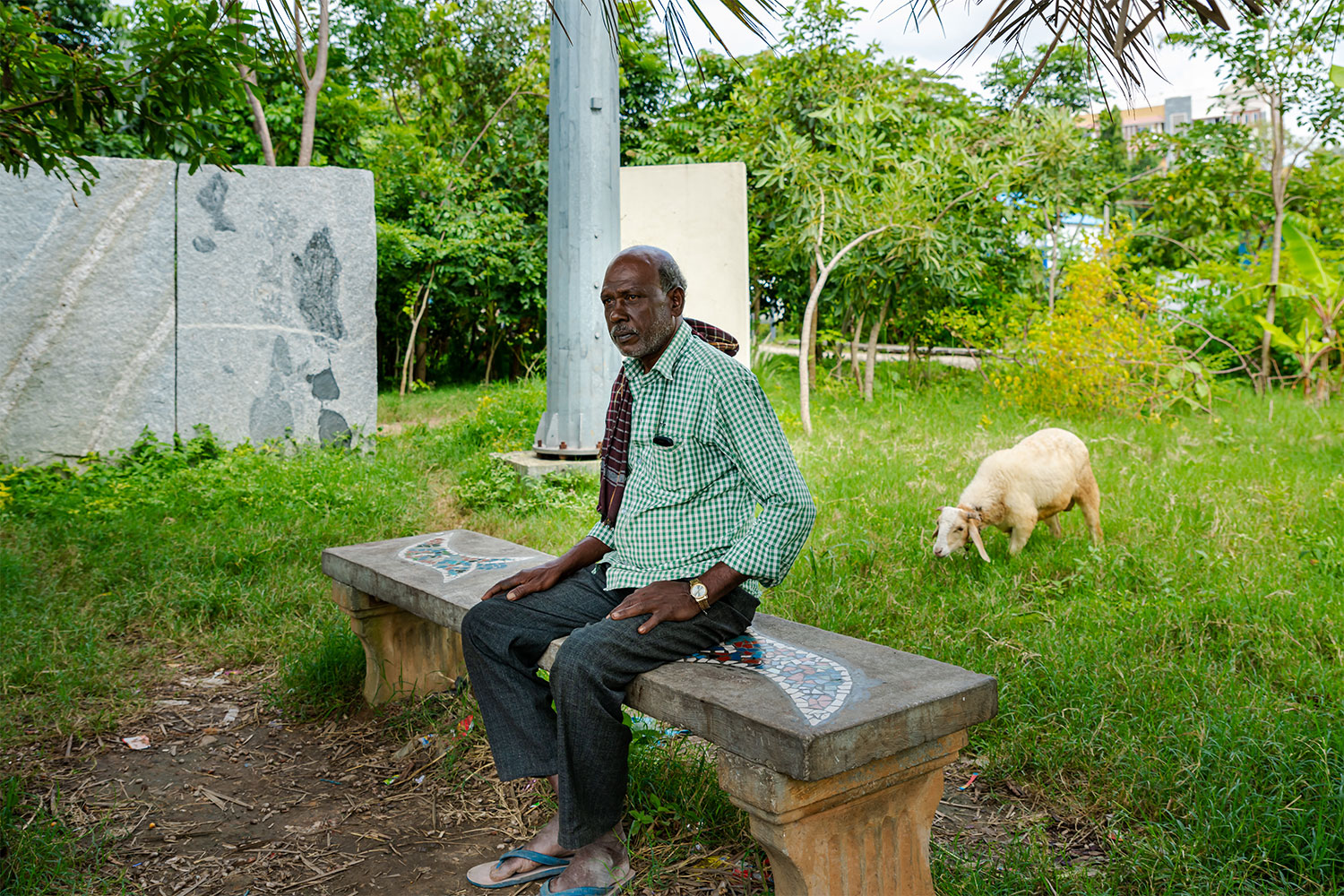

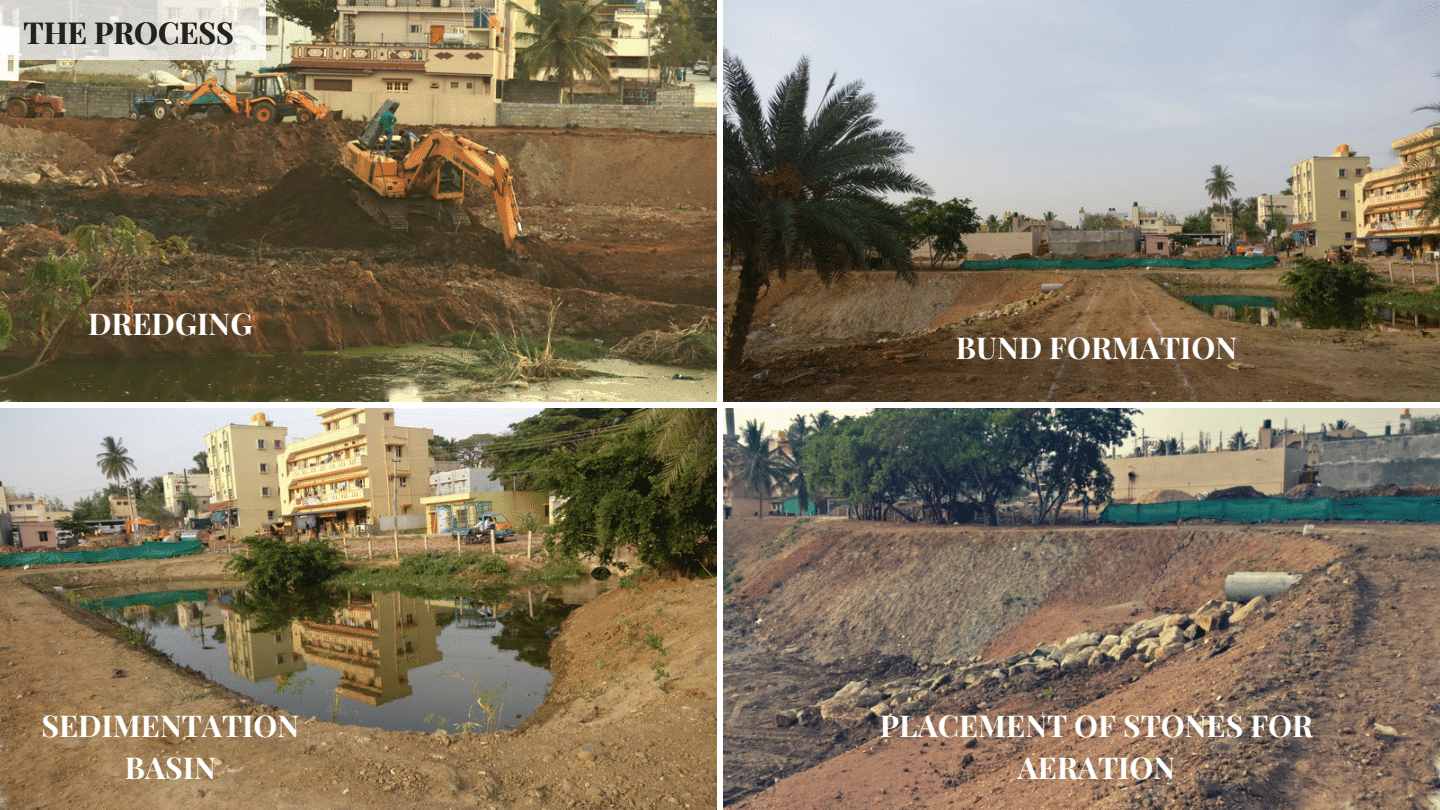
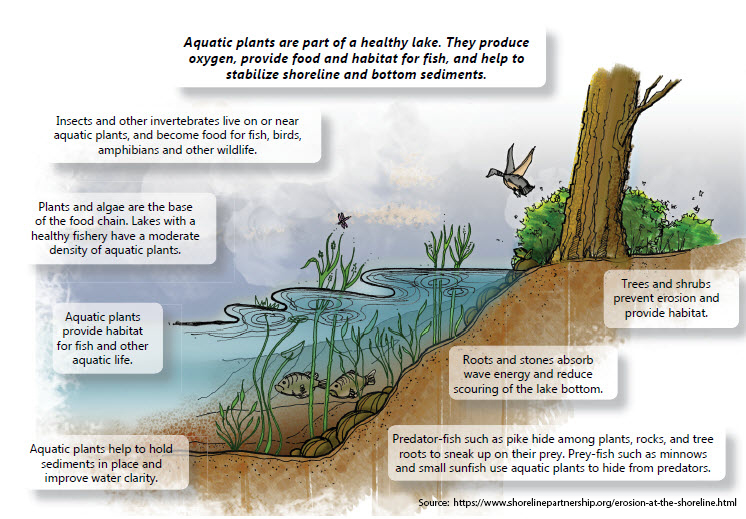
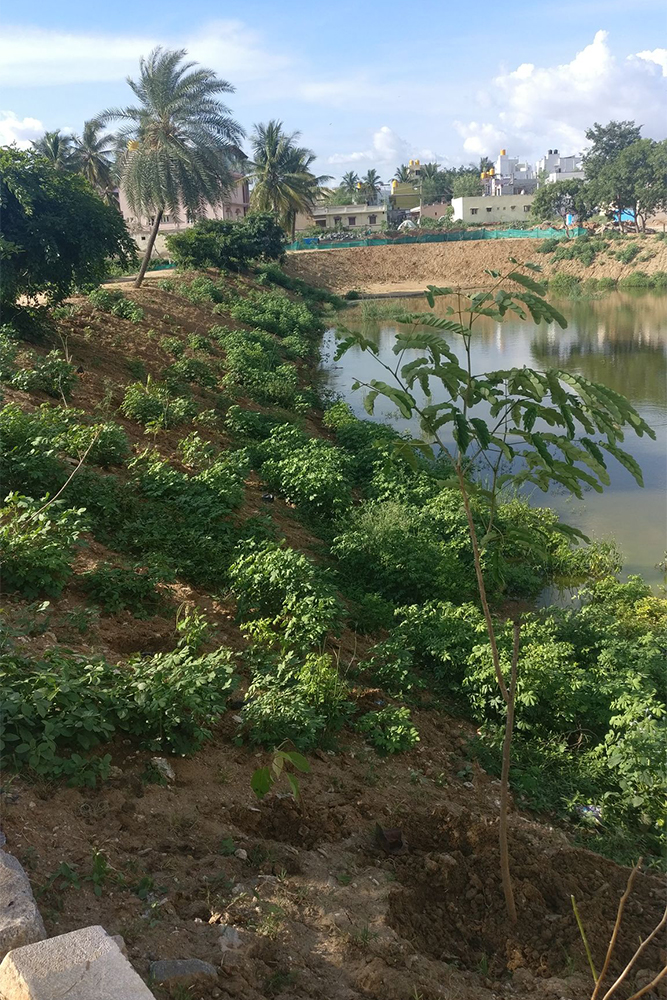
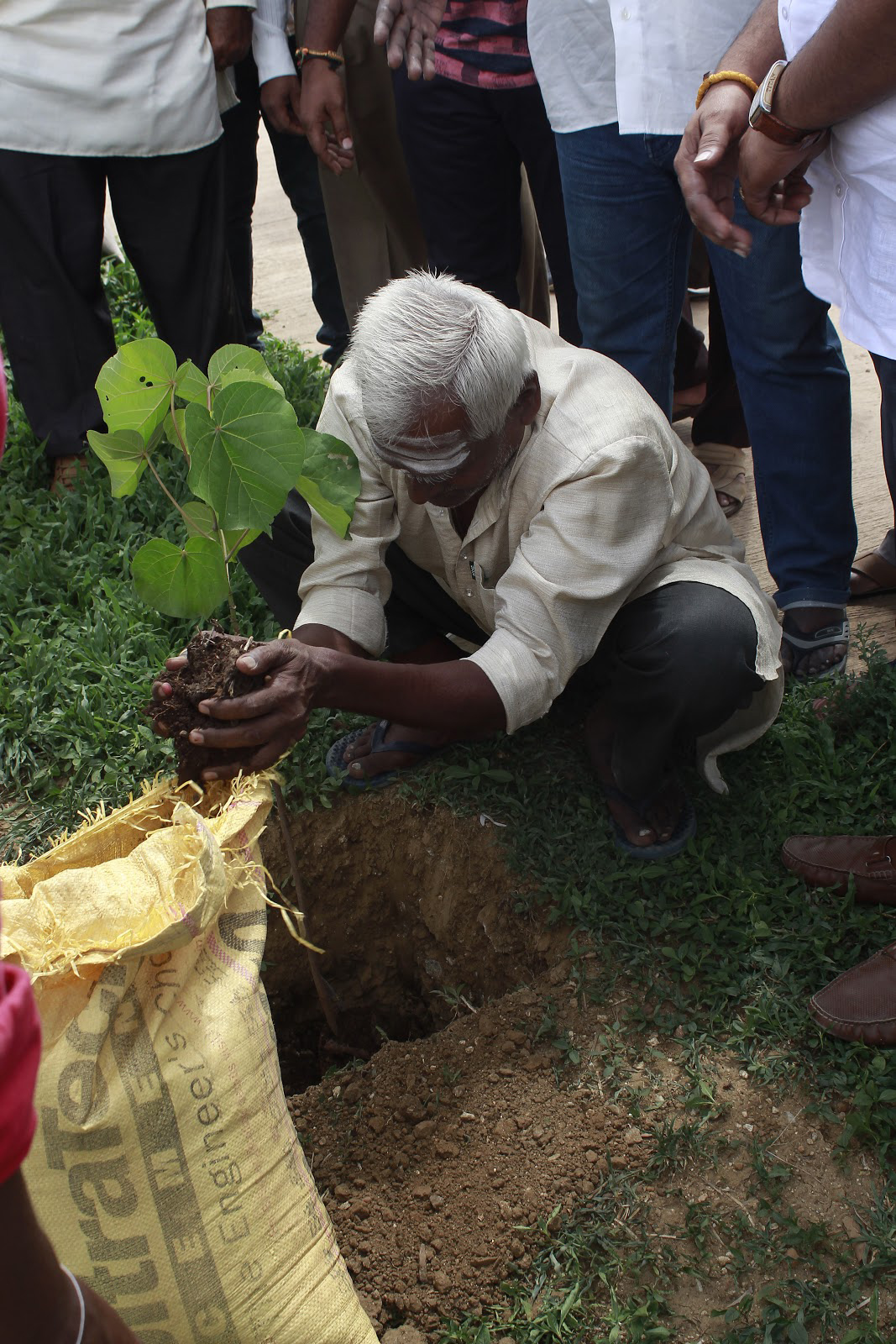
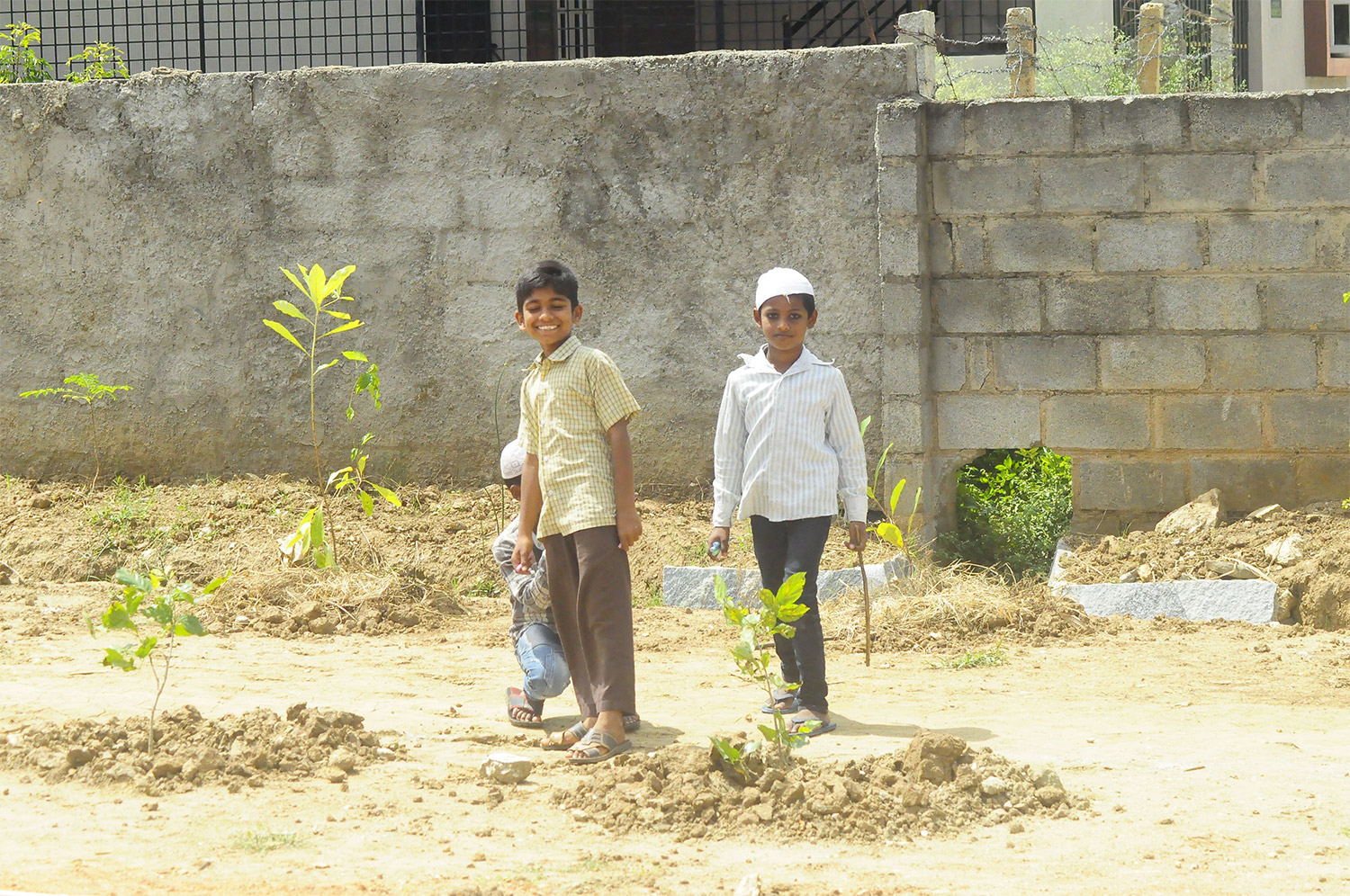
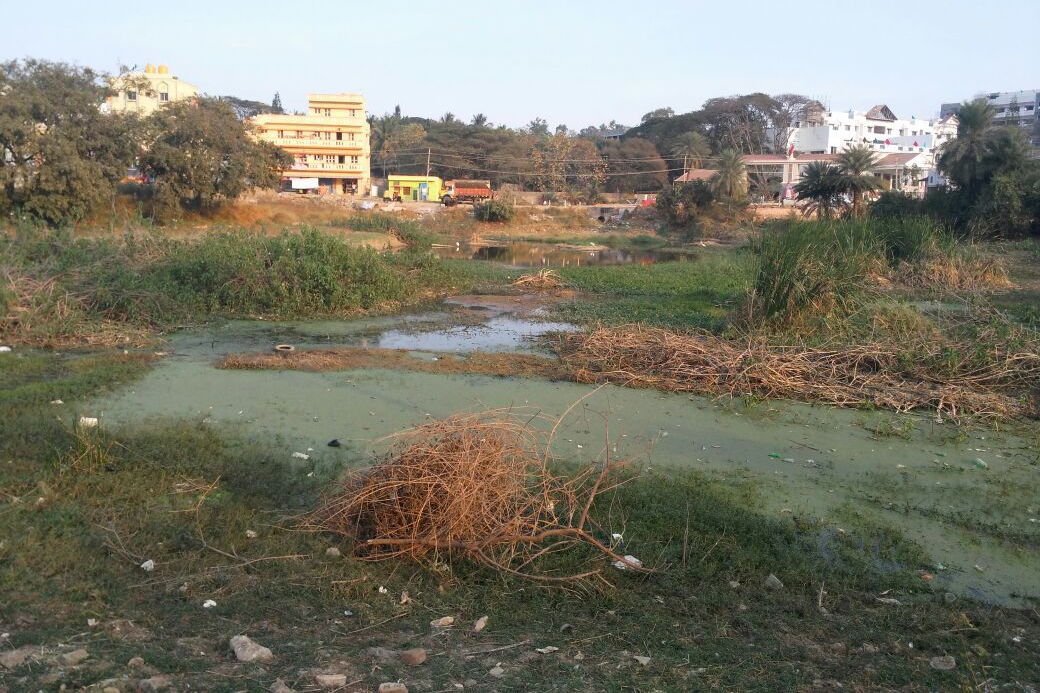
Leave A Comment